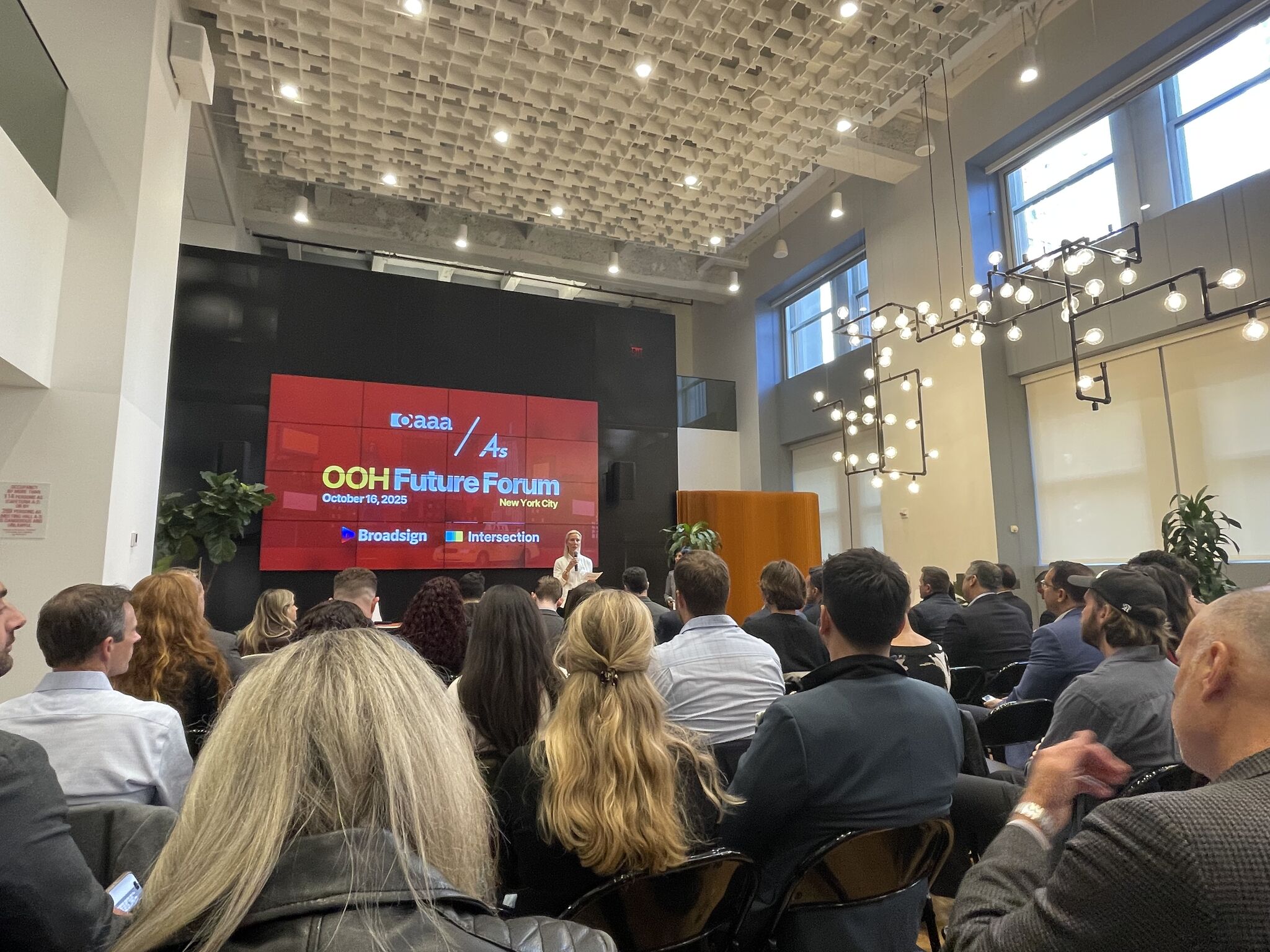Topic
- Technology
During periods of economic uncertainty, should you play, pivot or pause? Answers abounded courtesy of the PR and marketing leaders who gathered in Cannes for this exclusive conversation convened by The Sway Effect.
by Barbara White-Sax
PARTICIPANTS
-Alyssa Bernstein, SVP of corp comms, TelevisaUnivision
-Will Cady, global brand ambassador, Reddit
-Laura Clare, senior director of comms, Snap EMEA
-Nathan Friedman, co-president and CMO, Understood
-Kori Greene, US external comms lead, Deloitte
-Ashwini Karandikar, EVP of media, tech and data, 4As
-Jen Risi, founder and president, The Sway Effect
-Patrick Scissons, founder and CEO, OstrichCo
-Carissa Simons, senior manager, corp comms, Uber
-Moderator: Steve Barrett, VP/editorial director, PRWeek
Despite the reflex to cut budgets during tough times, companies still need to build brand awareness and maintain credibility and trust. The goal is clear. The path to achieving it, not as much.
Fear not. In partnership with PRWeek, The Sway Effect brought together some top industry minds to explore how brands and their agency partners can continue to build meaningful, relevant engagements that position themselves for success during an economic downturn.
Even when consumers are tightening their belts, building mindshare among stakeholders remains critical not only to driving business in the short term, but positioning a brand to hit the ground running when the economy bounces back.
Roundtable participants agreed that despite a challenging economic environment, they are finding new opportunities to deliver more value to the brands they support.
“Most of the money in media is spent to create awareness but awareness doesn’t create value, value creates awareness,” notes Reddit’s Will Cady. “In these downturns, [we need to] create value.”
Following that lead, others detail how they are finding new ways to create value for their brands and clients.
The need to grow the business and expand the audience are constants, says Alyssa Bernstein of TelevisaUnivision. And those priorities remain during a downturn.
“There’s tons of opportunity,” she shares, “but the hustle feels much stronger than ever before.”
Bernstein reports spending more time discerning competitors’ narratives and identifying whitespace for her team to create new narratives for TelevisaUnivision. She is also concentrating on strengthening long-term relationships, as well as forging new connections with journalists to “find a new angle and make it stick.”
Controlling the narrative
Shaping the narrative of a brand is paramount in any economy.
“The purpose of our role is to shape the perception of the organization,” asserts Laura Clare of Snap. “It’s very difficult to do that if you’re not saying anything.”
Silence also comes with this potential cost: If a company isn’t working on defining its own brand, it risks allowing someone else to do it.
“It is important to stay the course and not retreat,” advises The Sway Effect’s Jennifer Risi. “History has shown that brands that prioritize continuous communications and engagement with consumers not only build mindshare, but also, ultimately, drive business growth.”
At a time when advertises are focused on doing more with less, Bernstein is seizing the opportunity to shape the narrative for TelevisaUnivision and demonstrate how important the Spanish-language audience is to brands. When every dollar counts for a brand, she notes that the value of applying limited resources to a growth audience is more important than ever.
Rather than over-producing content that can be seen as overkill to journalists and consumers, Clare is focused on being more creative and strategic with messaging to drive better business results.
While she estimates that “90% of my job is telling people no, but still making them happy,” she admits to finding it “liberating for my team to be more strategic about how to really serve the business. Having to be focused is a good thing. It forces the company to be smarter and more creative.”
Clare isn’t the only leader who notes that sometimes the narrowed options that result from a tighter budget can be a blessing in disguise.
New partnerships
Tighter budgetary restraints are actually creating opportunities for independent agencies to work with brands that may not have previously given a smaller firm a try.
“Bigger agencies aren’t necessarily as nimble and that’s a problem in a downturn,” points out Nathan Friedman of Understoood. “You need agility and the expertise to get the job done.”
When a budget needs to go further, clients are looking for intelligence sharing and are more willing to give smaller and more diverse suppliers a shot, as long as they bring something unique to the table.
“Clients are looking for thoughtful points of view that are informed,” asserts Patrick Scissons of OstrichCo.
“Technology has become the equalizer,” adds Ashwini Karandikar of the 4As. “We’ve created reports on how advertisers and agencies can expand reach within their budgets. We’re seeing more and more that if an agency can deliver, it doesn’t matter what they look like or where they’re from.”
Scrappy and more diverse points of view are valued more than ever when brands are looking to expand into new markets.
“A lot of third world countries are underrepresented markets,” notes Friedman. He sees brands “bringing a lot of talent that typically wouldn’t have a seat at a table further upstream to participate in discussions on what’s going to drive global narratives for brands.”
The value of keeping communications flowing during the pandemic and periods of social unrest is also of utmost importance.
“Research consistently supports the need to be present,” says Karandikar. “Brands didn’t stop communicating. They kept spending, but what they said changed.”
Many brands found communications worked best when they trusted local markets to execute messaging.
“COVID looked very different in different countries at different times,” recalls Uber’s Carissa Simons. “We needed a global framework for how we were going to approach and communicate, then trust local teams to execute based on their market conditions.”
And that proved to be a good practice for dealing with a downturn economy, she concludes.
Related Posts

10/16/2025
Guest Post – Fandom as Strategy: Building Brand Loyalty Through Games



